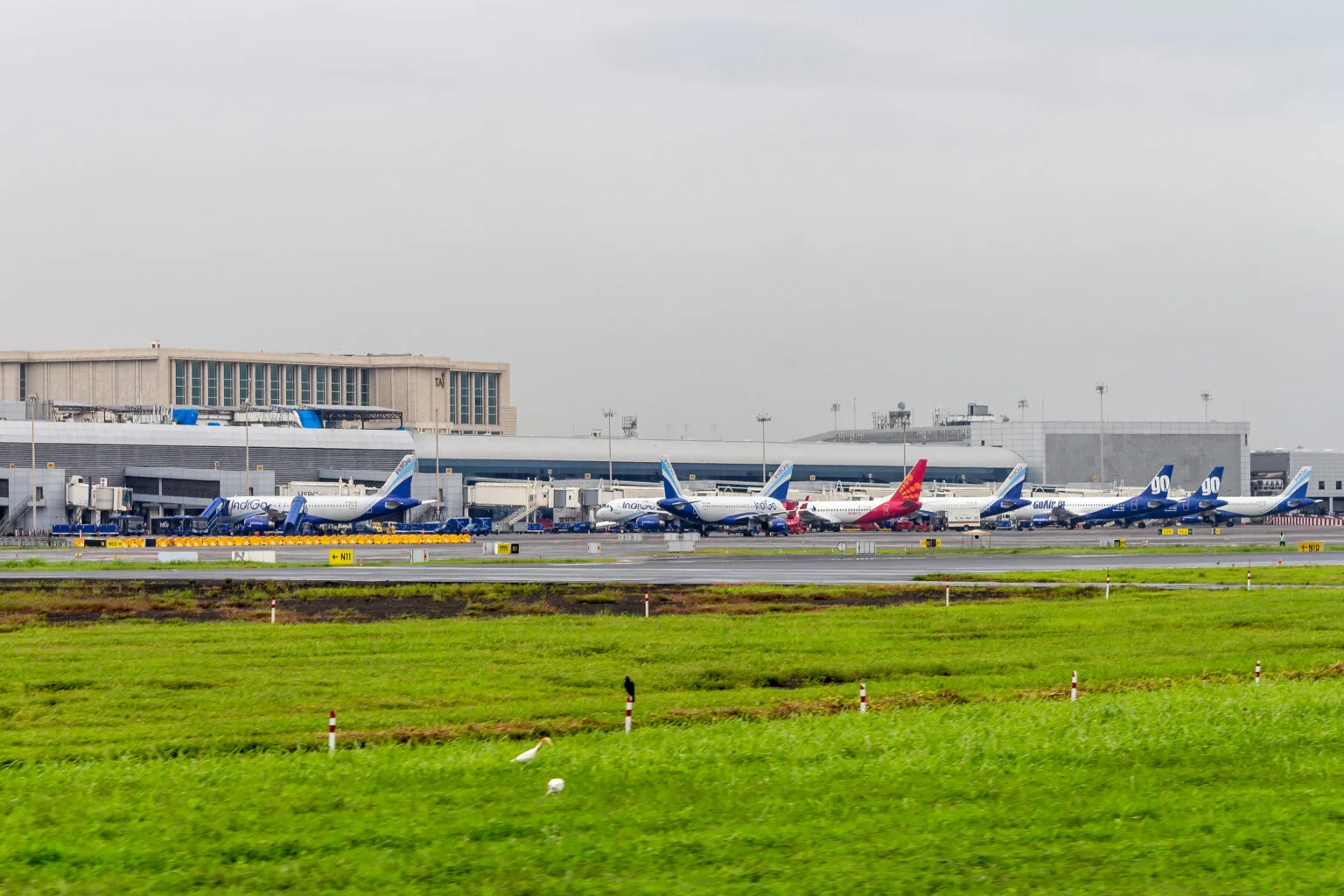物流における従業員のレジリエンス強化
2015年以来、DHLグループの労働力に3万人以上の難民が統合されたことは、人道的努力だけでなく、ロジスティクスおよび航空貨物セクターにとっても極めて重要な発展を示しています。このアプローチは、育成を目的とした積極的な労働戦略を表してい 経済的包摂 そして構築 労働力のレジリエンス ますます制約が増える市場において。
労働市場統合の戦略的意義
航空輸送政策立案者にとって、このような労働統合プロジェクトの意義は大きい。DHLのようなプログラムは、差し迫った人口動態の課題に対処し、業務能力を向上させ、複雑なサプライチェーン全体で持続可能な貿易慣行を促進するための重要な手段となり得る。言い換えれば、多様な労働力を受け入れることは、社会的に責任があるだけでなく、深刻化する労働力不足の中で賢明なビジネス戦略でもある。
労働インクルージョンへの取り組み
DHLの最高人事責任者であるトーマス・オギルビー氏は、「難民を主流労働市場に迅速に組み込むことは、社会的統合のためだけでなく、ドイツ経済にとっても不可欠である」と強調しました。これらの個人を統合することは、社会システムの圧力を軽減するだけでなく、ユーロスタットが2035年までにドイツの労働年齢人口が最大600万人減少する可能性があると予測していることを考慮すると、人口動態の変化による影響を緩和します。
航空貨物産業への圧力
航空貨物部門は、地上取扱業者、倉庫担当者、仕分け担当者に大きく依存していますが、すでに労働力不足の影響を受け始めており、特にフランクフルト、ライプツィヒ、ケルンなどの主要拠点では深刻です。DHLは難民を労働力に統合することで、社会的責任とセクター固有の労働力需要を両立させる再現可能なモデルを構築しました。
運用展開の洞察
DHLは、難民労働者のかなりの部分がシリア、アフガニスタン、ウクライナ出身であることを明らかにしました。これらの従業員は、次のような入門レベルの役割からスタートしました。 小包の仕分け, ラストマイル配送、および基本的な倉庫業務を行っていました。その後、多くの人が監督、技術、または熟練した職業の地位に進み、約350人が見習いを修了しています。
世界の航空貨物取扱量が2024年に5.7%増加すると予測されており、処理能力に対する運用上の要求がますます高まっています。多様な労働力を活用する能力は、特に医薬品流通やEコマースのようなペースの速い分野において、これらの要求に対応します。
トレーニングと言語開発
言語能力は、業務効率にとって非常に重要です。DHLは、実用的な語彙を優先し、特定の業務に向けた顧客とのやり取りを模倣する独自の言語アプリケーションを実装しました。このツールは、危険物や税関プロトコルを扱うなど、高度に規制された環境では不可欠です。
ある物流トレーニングコンサルタントが強調するように、「業務遂行能力—プレッシャー下での迅速かつ正確なコミュニケーション—が極めて重要です。DHLの言語ツールは、この課題に直接対処するものです。」また、メンター制度と就職支援プログラムにより、18,000人以上の従業員が翻訳者やメンターとして、難民の統合を自主的に支援しています。
コラボレーティブなフレームワークとエンゲージメント
DHLは、ドイツ連邦雇用庁および国連難民高等弁務官事務所(UNHCR)との連携により、このような労働力統合プログラムを拡大するために必要なインフラ政策を強化しています。国連の#WithRefugeesキャンペーンに積極的に参加することで、企業が有意義な社会的責任を果たしながら、具体的な雇用機会を生み出す方法を実証しています。
難民雇用における成功の認識
難民統合インサイト研究所の報告書によると、DHLは難民雇用成果において世界で2番目に優れた企業と評価されました。この調査では、分散型オンボーディングプロセスや、フランス、オランダ、シンガポールなどの国々で適応されているフレームワークを備えた、さまざまなグローバル部門内での堅牢なコミュニケーションなどの主要な成功要因が指摘されています。
難民統合の戦略的価値
DHLの広範な航空物流インフラ(シンシナティ、ライプツィヒ、シンガポールに重要な拠点を含む)は、拡張性と効率性の高い労働力に依存しています。そのため、難民の統合は高貴な取り組みであるだけでなく、必要な戦略となっています。 事業継続.
このイニシアチブは、企業の環境、社会、ガバナンス(ESG)スコアカードにもプラスの影響を与えます。EUの企業サステナビリティ報告指令(CSRD)などの進化する規制の枠組みの中で、DHLの従業員プログラムは、投資家や政策立案者の期待に沿うものです。
変化する市場への適応
訓練された人員の再配置は、COVID-19のような危機後の世界的な回復段階において非常に重要です。柔軟な労働力は、物流需要の変動を管理するのに役立ちます。これは、物流および海運部門におけるピーク時の業務において非常に重要です。
ポリシーの調整と将来への影響
DHLのプログラムは、他の物流事業者、特に紛争地帯付近の輸送業務を管理する地域にとってのパイロットプログラムとしての役割を果たします。難民の組織的な統合は、回復力を構築すると同時に、新たな才能の機会をもたらす可能性があります。
これらのモデルは、就労許可や住宅などの公共部門による支援と、研修や雇用に関するスケーラブルな民間部門のイニシアチブを結びつける一貫性のある政策フレームワークの必要性を強調しています。
潜在的な政策実施アクション
- ロジスティクス分野の経歴を持つ難民に対する迅速な認定。
- 言語および安全トレーニングのための資金調達手段。
- 雇用権に関する国境を越えた協定。
これらの措置は、人道的目標に役立つだけでなく、ビジネスニーズとの市場の整合性を高めます。

 ロジスティクスにおける労働力の多様性の受け入れ:難民のケース">
ロジスティクスにおける労働力の多様性の受け入れ:難民のケース">